Different Types of Meat Cooked: 5 Varieties and Their Unique Prep
Meat has been a cornerstone of culinary traditions across the world for centuries. From family barbecues to gourmet dinners, the type of meat and its preparation can significantly influence the flavor, texture, and overall dining experience. Whether you’re a food enthusiast or a home chef, understanding the nuances of cooking various meats can elevate your culinary game. This article delves into five different types of meat, offering insights into their unique characteristics and how to cook them to perfection.
Different Types of Meat
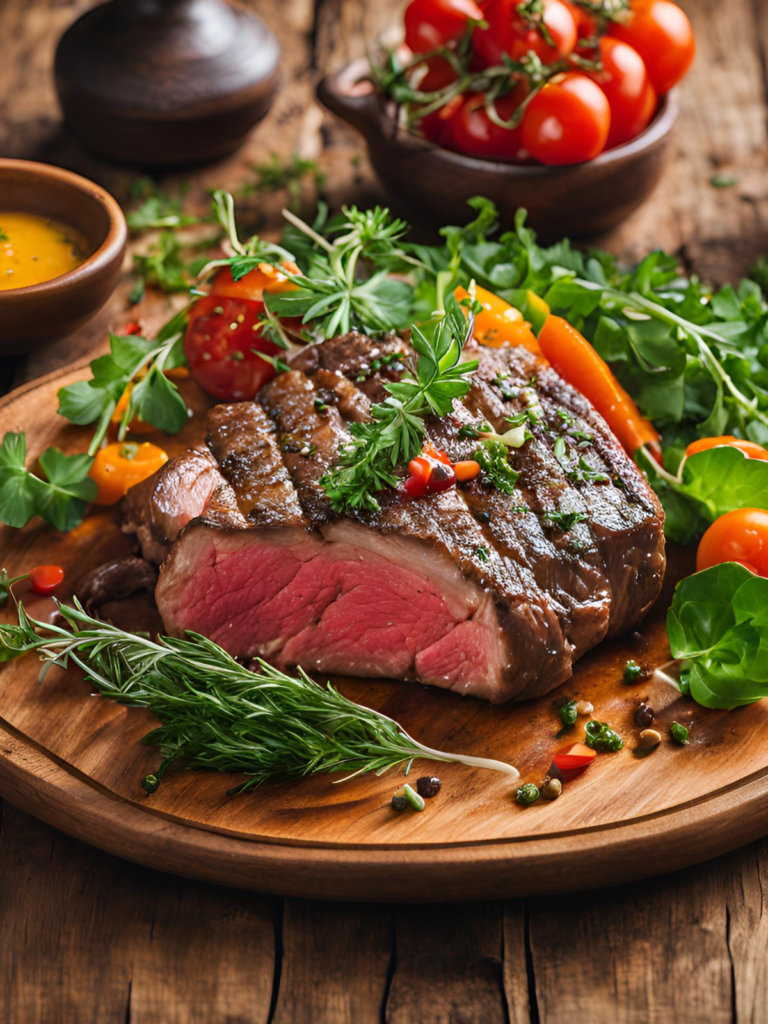 1. Beef: A Versatile Favorite
1. Beef: A Versatile Favorite
Characteristics of Beef
Beef is rich in flavor, protein, and nutrients like iron and B vitamins. The wide variety of cuts, ranging from tenderloin to brisket, means endless possibilities for preparation.
Popular Cooking Methods for Beef
- Grilling: Perfect for steaks like ribeye or sirloin. A simple seasoning of salt and pepper allows the natural flavor to shine.
- Slow Cooking: Ideal for tougher cuts like brisket and chuck roast. Cooking low and slow breaks down connective tissues, resulting in tender, flavorful meat.
- Searing and Braising: Perfect for short ribs or pot roasts, this method involves browning the meat first, then simmering it in a flavorful liquid.
Pro Tips for Cooking Beef
- Allow beef to rest after cooking to retain its juices.
- Use a meat thermometer to ensure perfect doneness: 130°F for rare, 145°F for medium, and 160°F for well-done.
 2. Chicken: The Universal Protein
2. Chicken: The Universal Protein
Characteristics of Chicken
Chicken is a lean, adaptable meat that absorbs flavors exceptionally well. From mild white meat to richer dark meat, it fits into countless recipes.
Popular Cooking Methods for Chicken
- Roasting: Whole roasted chicken is a classic. Stuff it with herbs and seasonings for a flavorful meal.
- Frying: Fried chicken is a global favorite, featuring crispy skin and juicy meat.
- Poaching: A healthier option, poaching keeps the meat tender and moist without additional fat.
Pro Tips for Cooking Chicken
- Always cook chicken to an internal temperature of 165°F to ensure safety.
- Marinades can enhance flavor while keeping the meat tender.
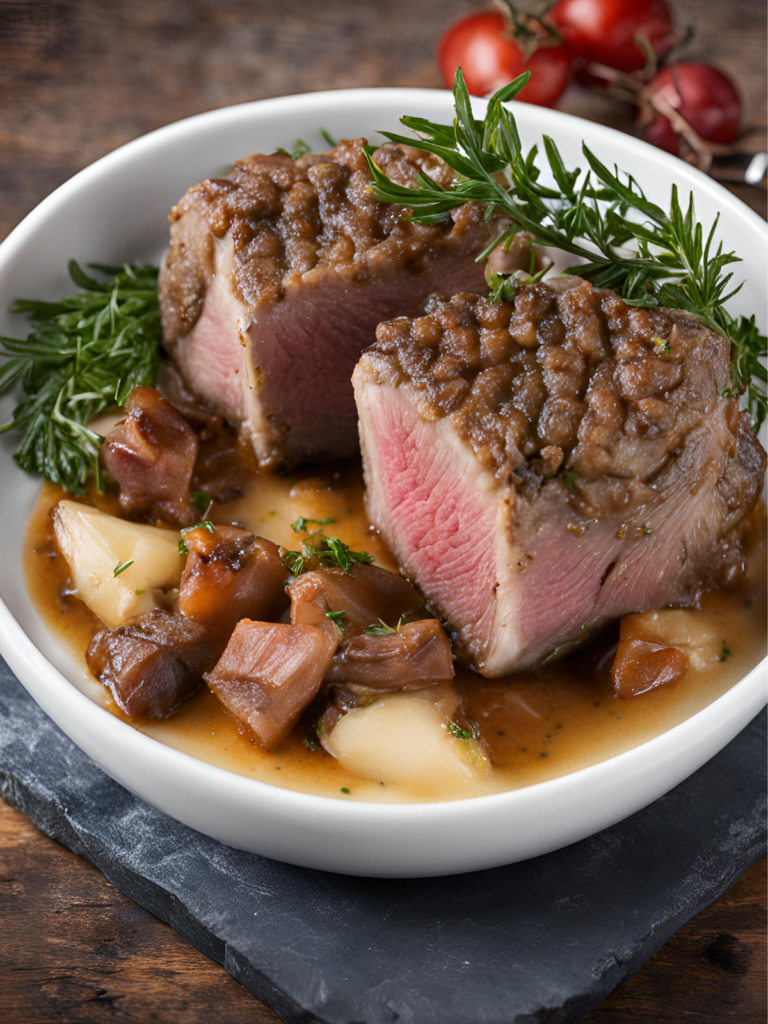 3. Pork: Flavorful and Versatile
3. Pork: Flavorful and Versatile
Characteristics of Pork
Pork offers a balance of lean and fatty cuts, making it suitable for both everyday meals and gourmet dishes. It’s rich in flavor and adapts well to various cooking styles.
Popular Cooking Methods for Pork
- Smoking: Pulled pork, made from smoked pork shoulder, is a barbecue staple.
- Pan-Searing: Perfect for pork chops, giving them a crispy crust while locking in juices.
- Roasting: Pork loin or tenderloin roasted with herbs creates a delicious centerpiece.
Pro Tips for Cooking Pork
- Cook pork to an internal temperature of 145°F for a moist, tender result.
- Pair pork with sweet and savory flavors like apples or honey for a delicious contrast.
4. 
Characteristics of Lamb
Lamb is known for its rich, earthy flavor and tender texture. Cuts like rack of lamb, leg, and shoulder are particularly popular.
Popular Cooking Methods for Lamb
- Grilling: Ideal for lamb chops or kebabs, adding a smoky touch to the meat’s natural flavor.
- Roasting: A classic choice for leg of lamb, especially when seasoned with garlic and rosemary.
- Braised Stews: Lamb shanks are often slow-cooked in a flavorful broth, creating a hearty dish.
Pro Tips for Cooking Lamb
- Allow lamb to rest after cooking to enhance its flavor.
- Season generously with bold herbs and spices to complement its unique taste.
 5. Seafood: Beyond Land-Based Meats
5. Seafood: Beyond Land-Based Meats
Characteristics of Seafood
Seafood like fish and shellfish provides a lean, nutrient-dense protein source. The delicate flavor and texture require precise cooking techniques.
Popular Cooking Methods for Seafood
- Grilling: Perfect for firm fish like salmon or swordfish.
- Steaming: Ideal for shellfish like clams and mussels, preserving their natural sweetness.
- Pan-Frying: A quick and flavorful method for fish fillets, creating a crispy exterior.
Pro Tips for Cooking Seafood
- Freshness is key; always use high-quality seafood.
- Avoid overcooking as it can turn seafood rubbery. Aim for an internal temperature of 145°F for fish.
Tips for Mastering Meat Cooking Across All Types
1. Choose the Right Tools
Invest in high-quality knives, a reliable meat thermometer, and cookware suitable for your preferred cooking methods.
2. Understand Marinades and Seasonings
Marinades can tenderize meat while infusing it with flavor. Use salt as a base and experiment with herbs, spices, and acids like lemon juice or vinegar.
3. Temperature Matters
Each type of meat has a recommended internal temperature. Always check to ensure safety and optimal flavor.
Conclusion: Cooking Meat to Perfection
Cooking meat is both an art and a science. By understanding the unique characteristics of different types of meat and mastering the appropriate cooking techniques, you can create delicious meals that impress your family and guests. Whether you’re searing a steak, roasting chicken, or smoking pork, the possibilities are endless when you embrace the versatility and flavor of these meats. Experiment, explore, and most importantly, enjoy the process of creating mouthwatering dishes that celebrate the diversity of meat.
Bold flavors and perfect textures await—happy cooking!






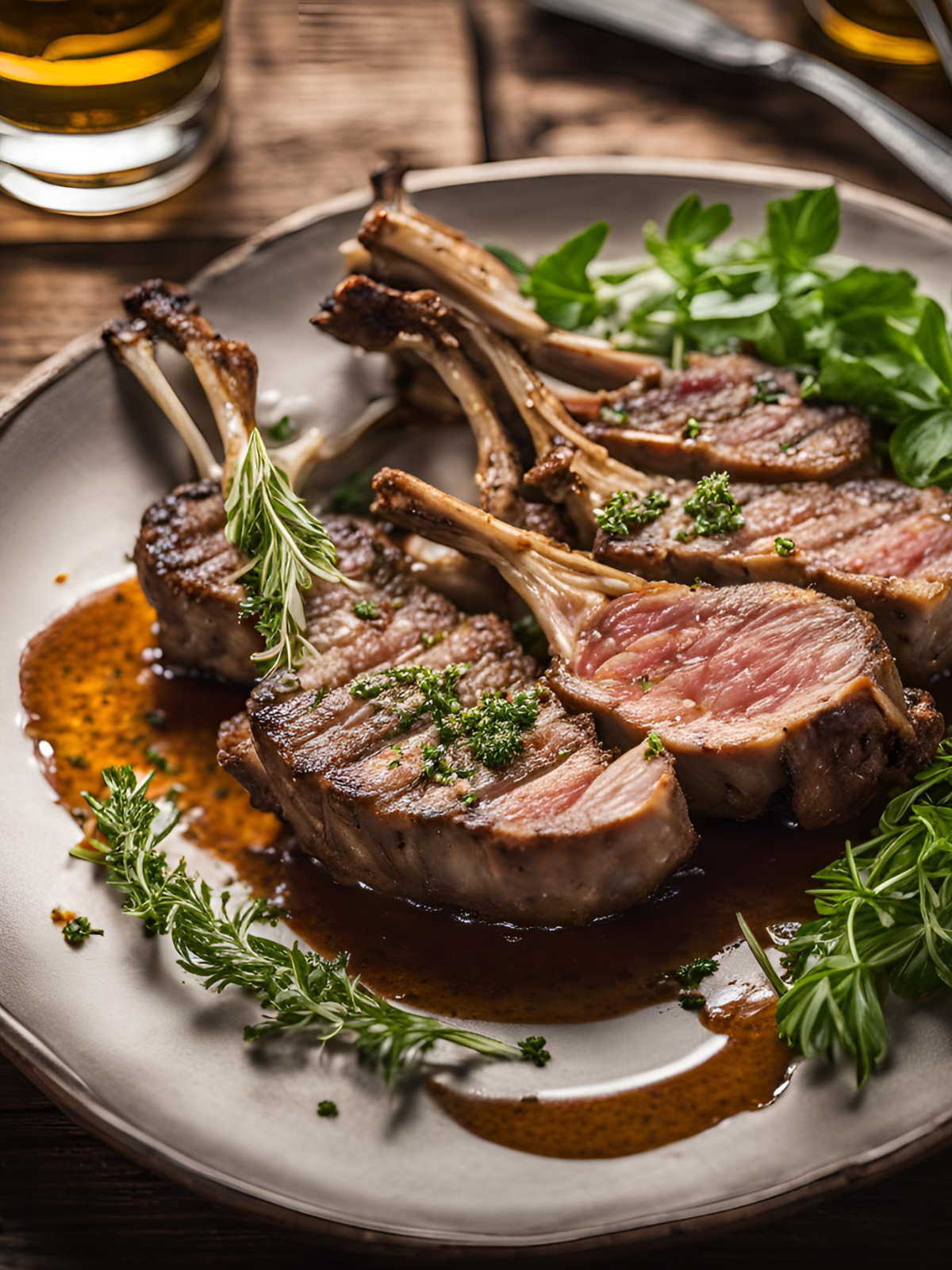
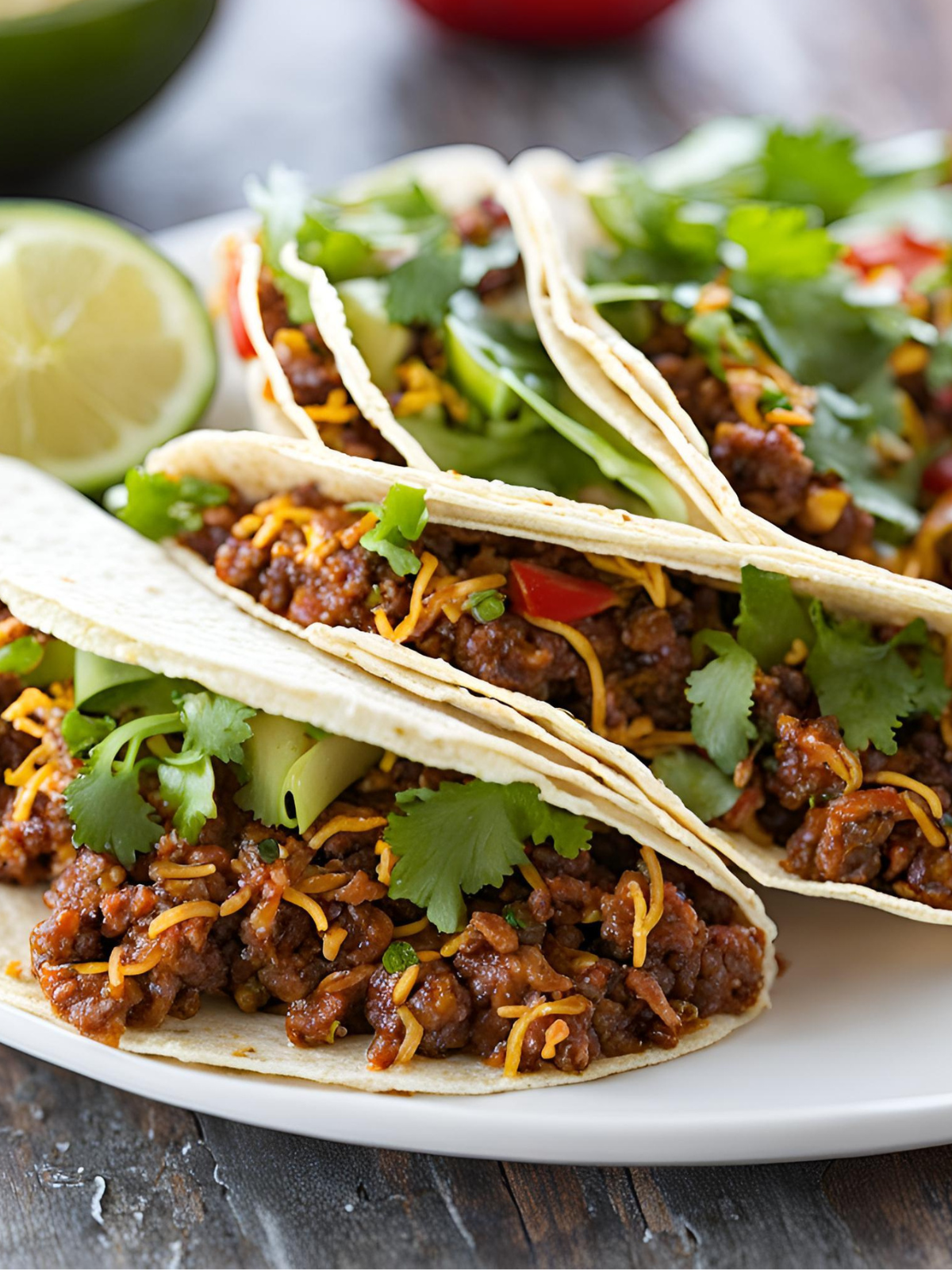
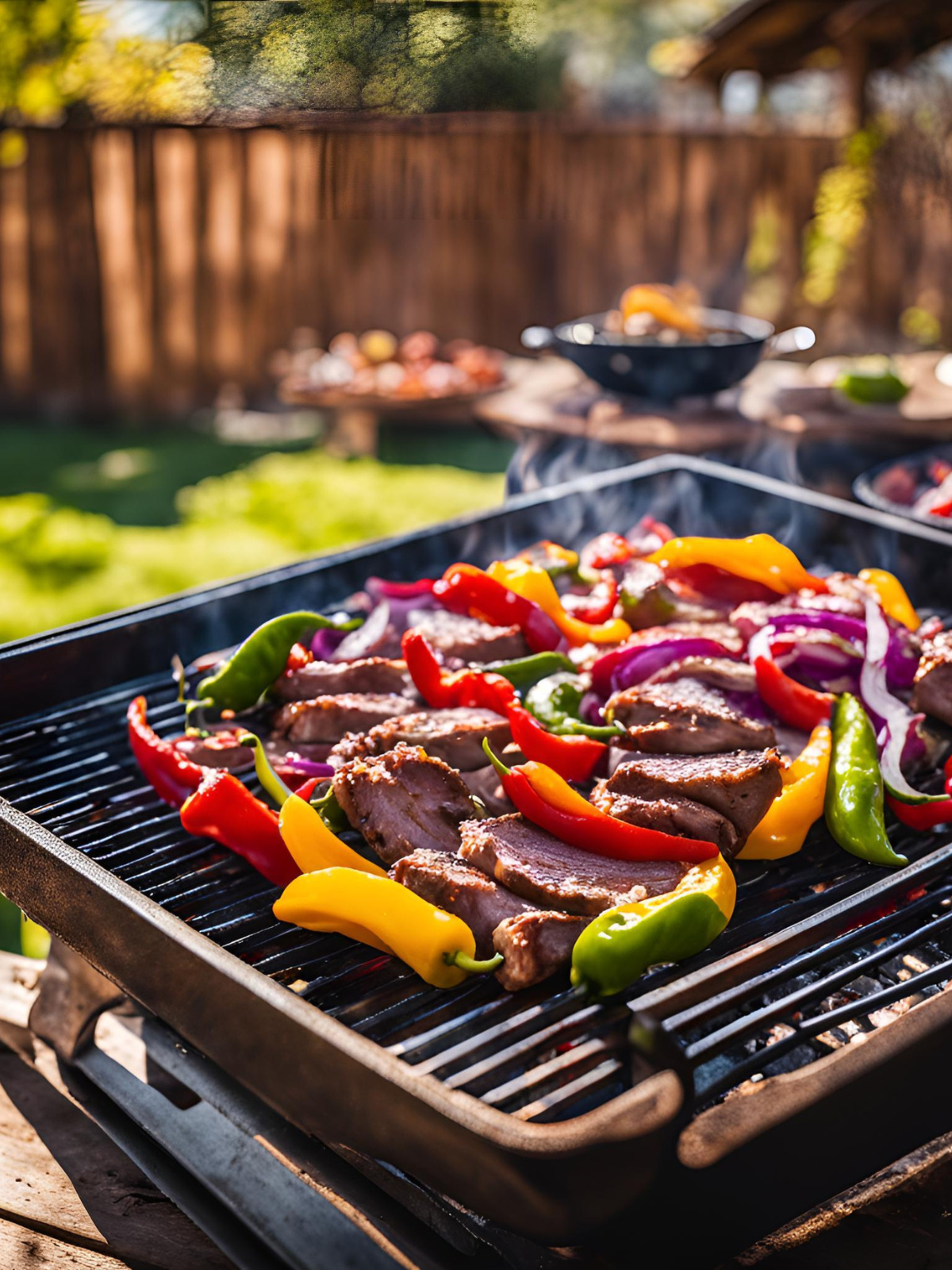

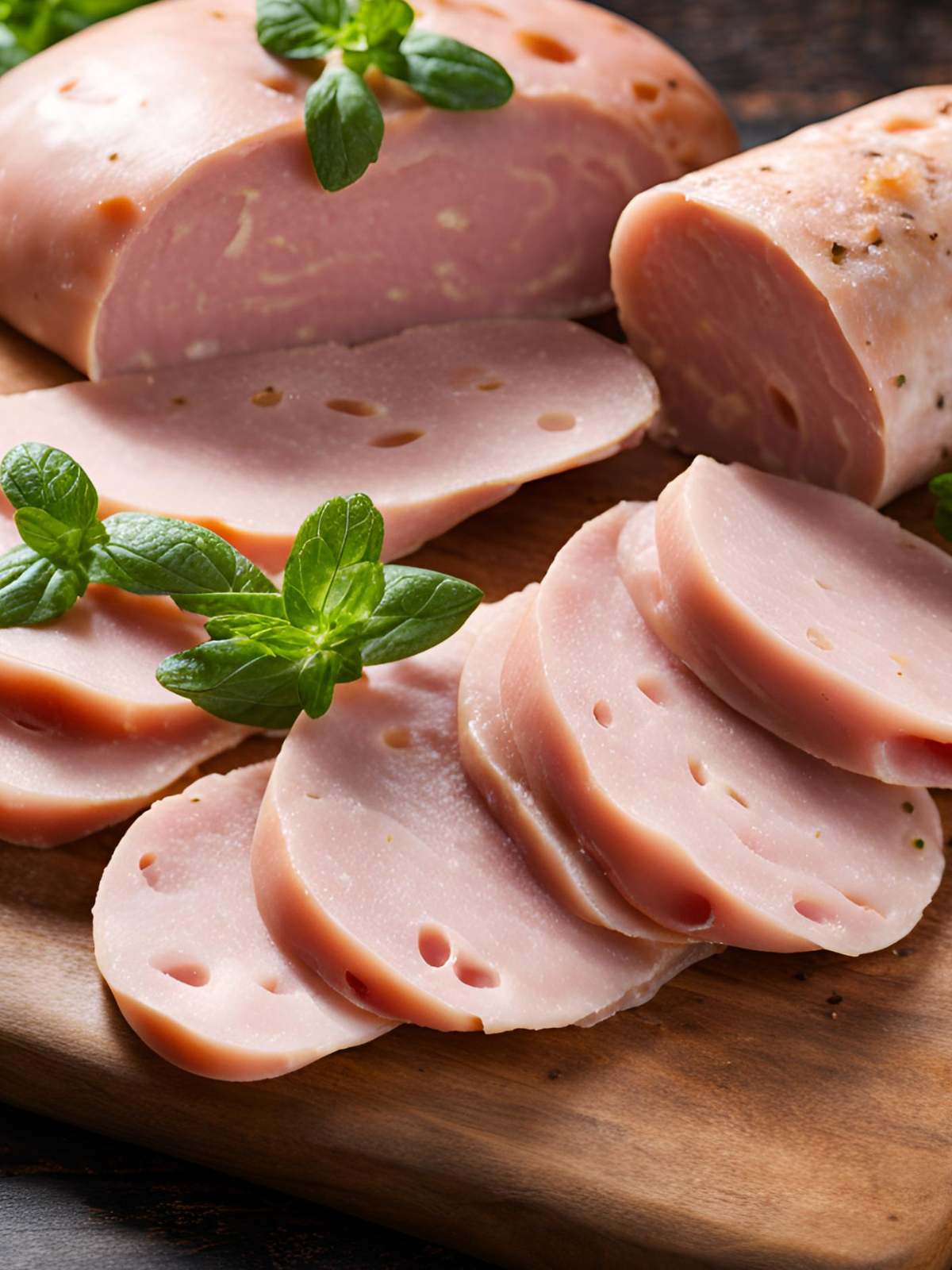

Leave a Reply